Optimal Timing for Waterproofing
Waterproofing is a critical process to prevent water intrusion and protect structures from moisture damage. The optimal timing for waterproofing depends on various factors including weather conditions, temperature, and the specific type of waterproofing material used. Proper timing ensures maximum adhesion and effectiveness, extending the lifespan of the waterproofing system.
Generally, the best time for waterproofing is during dry, mild weather periods when temperatures are neither too hot nor too cold. Ideal conditions typically include temperatures between 50 and 85 degrees Fahrenheit with low humidity and minimal rainfall. Applying waterproofing during these conditions allows materials to cure properly and adhere securely to surfaces.
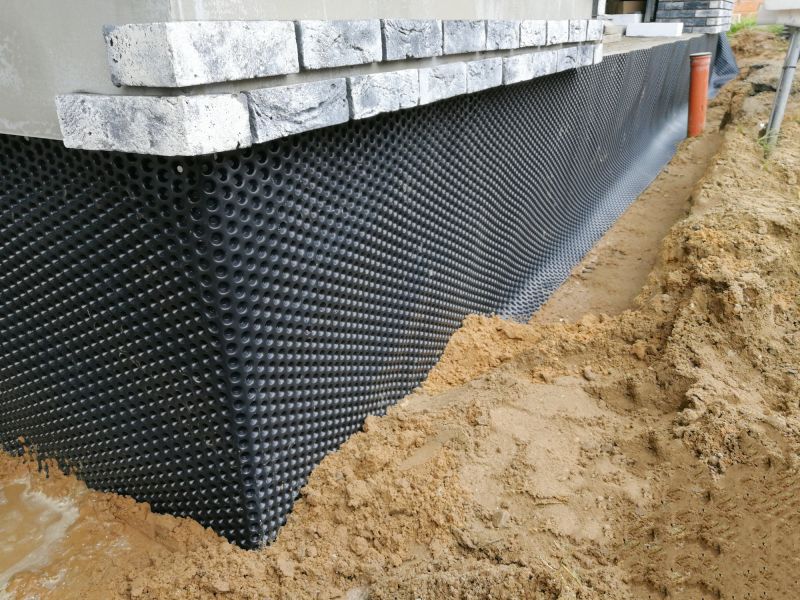
Spring offers moderate temperatures ideal for waterproofing projects.
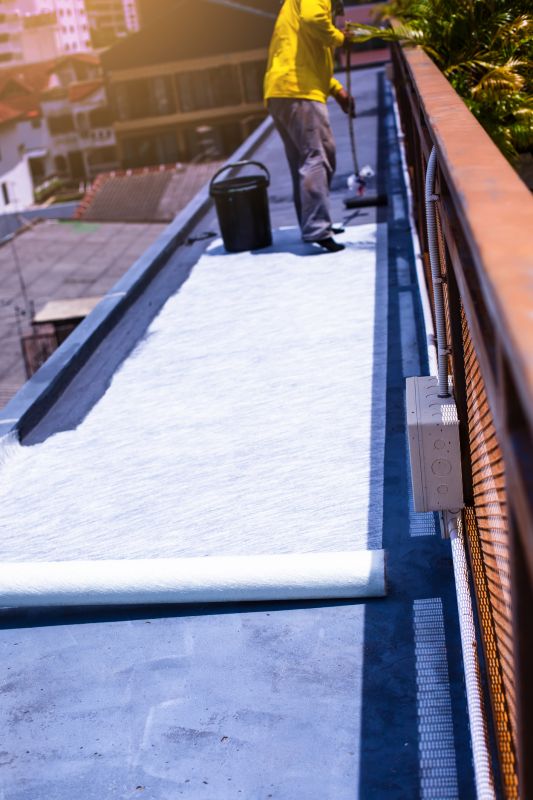
Avoid waterproofing during peak summer heat to prevent curing issues.
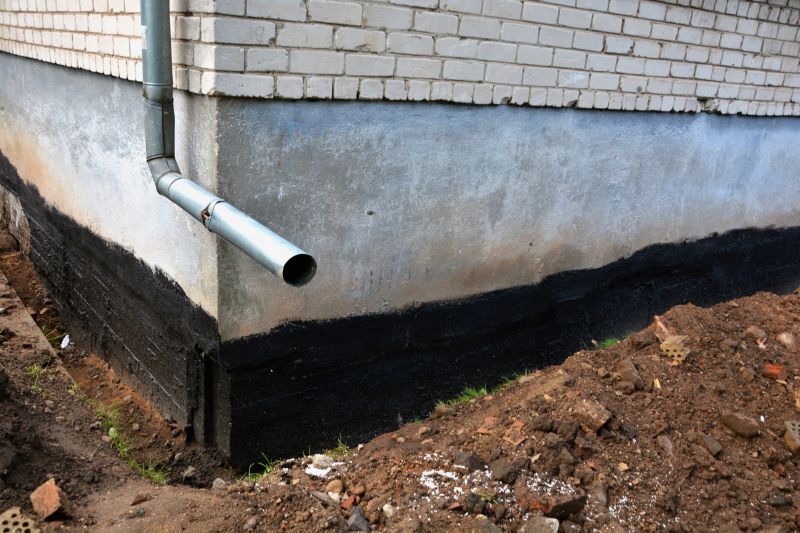
Fall provides suitable conditions for waterproofing before winter.

Ways to make Waterproofings work in tight or awkward layouts.
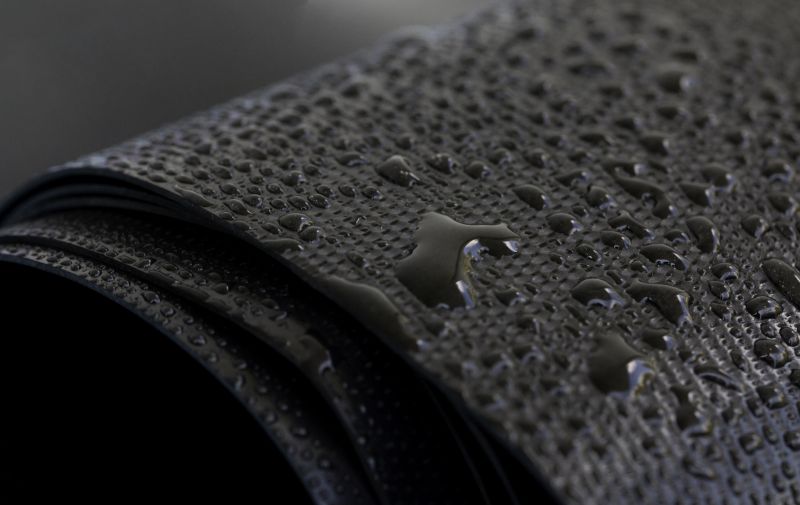
Popular materials for Waterproofings and why they hold up over time.
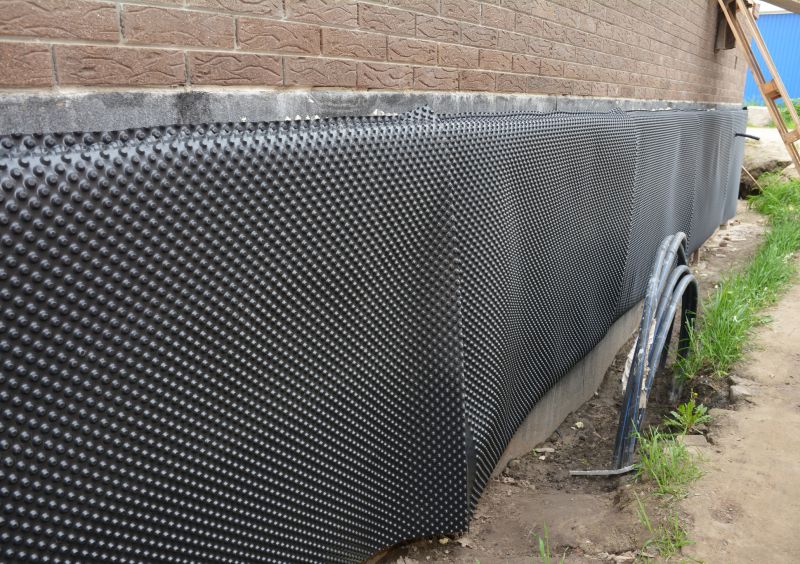
Simple add-ons that improve Waterproofings without blowing the budget.

High-end options that actually feel worth it for Waterproofings.

Finishes and colors that play nicely with Waterproofings.
| Season | Optimal Conditions |
|---|---|
| Spring | Temperatures between 50-70°F, low humidity, dry days |
| Summer | Mild mornings or evenings, avoid peak heat |
| Fall | Temperatures between 50-85°F, dry weather |
| Winter | Generally not recommended due to cold and moisture |
Waterproofings are essential for protecting structures from water damage, which can lead to costly repairs and structural issues. They are used in various applications including basements, roofs, decks, and foundations. Modern waterproofing materials include liquid membranes, sheet membranes, and cementitious coatings, each suited for different surfaces and conditions.
Statistics show that proper waterproofing can extend the lifespan of a building by decades and prevent up to 90 percent of water-related damages. Regular inspections and timely applications ensure the continued effectiveness of waterproofing systems, reducing maintenance costs over time.
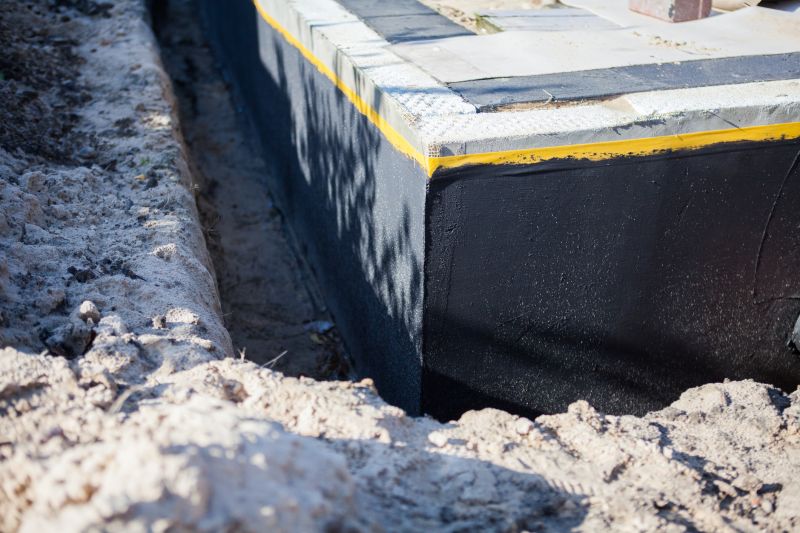
Proper timing ensures effective adhesion and durability.
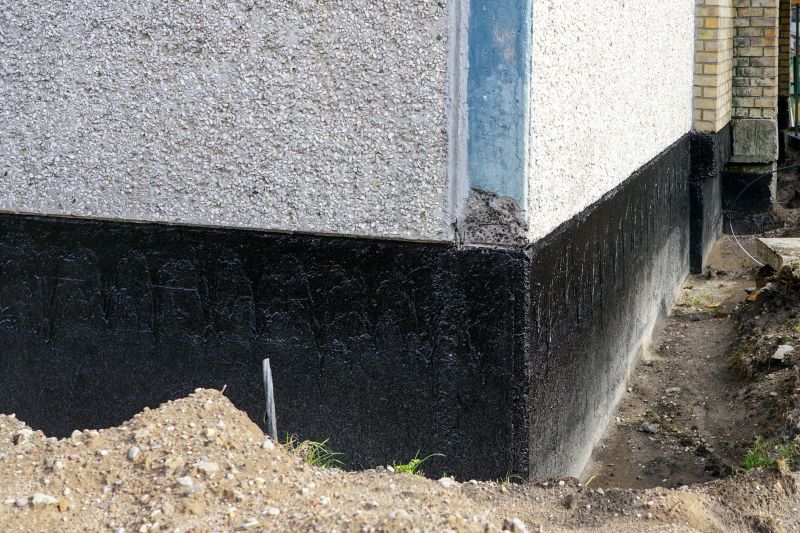
Various options suited for different surfaces and conditions.
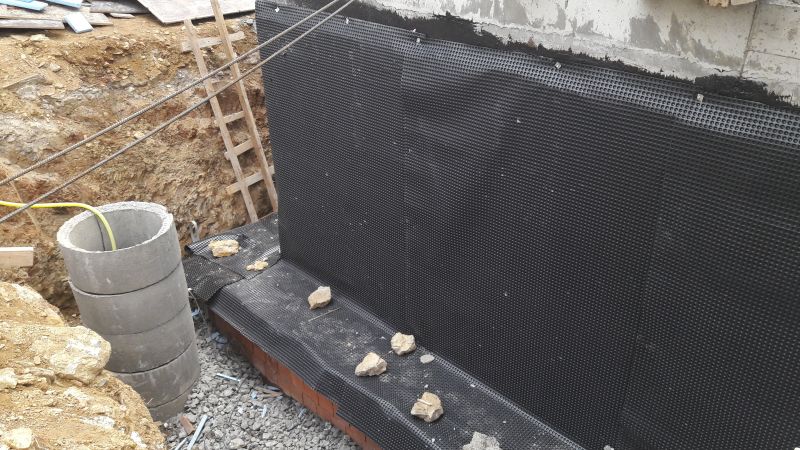
Waterproofing safeguards foundations and basements.
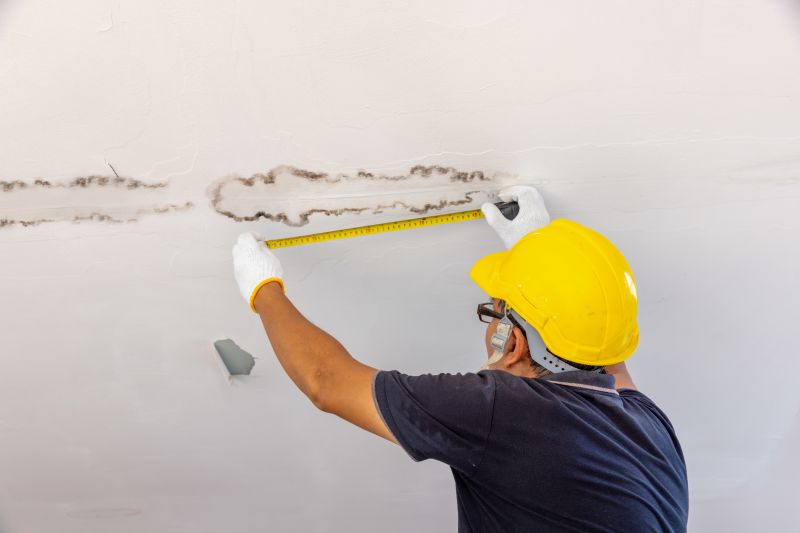
Little measurements that prevent headaches on Waterproofings day.

A 60-second routine that keeps Waterproofings looking new.
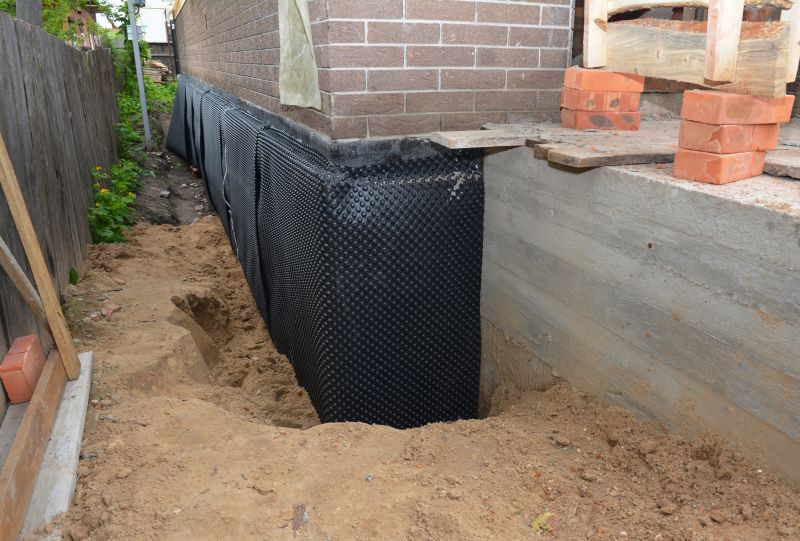
A frequent mistake in Waterproofings and how to dodge it.
Interested in waterproofing solutions? Filling out the contact form provides an opportunity to discuss project needs and schedule services during the most suitable times. Proper planning and timing are key to ensuring long-lasting protection against water intrusion.

